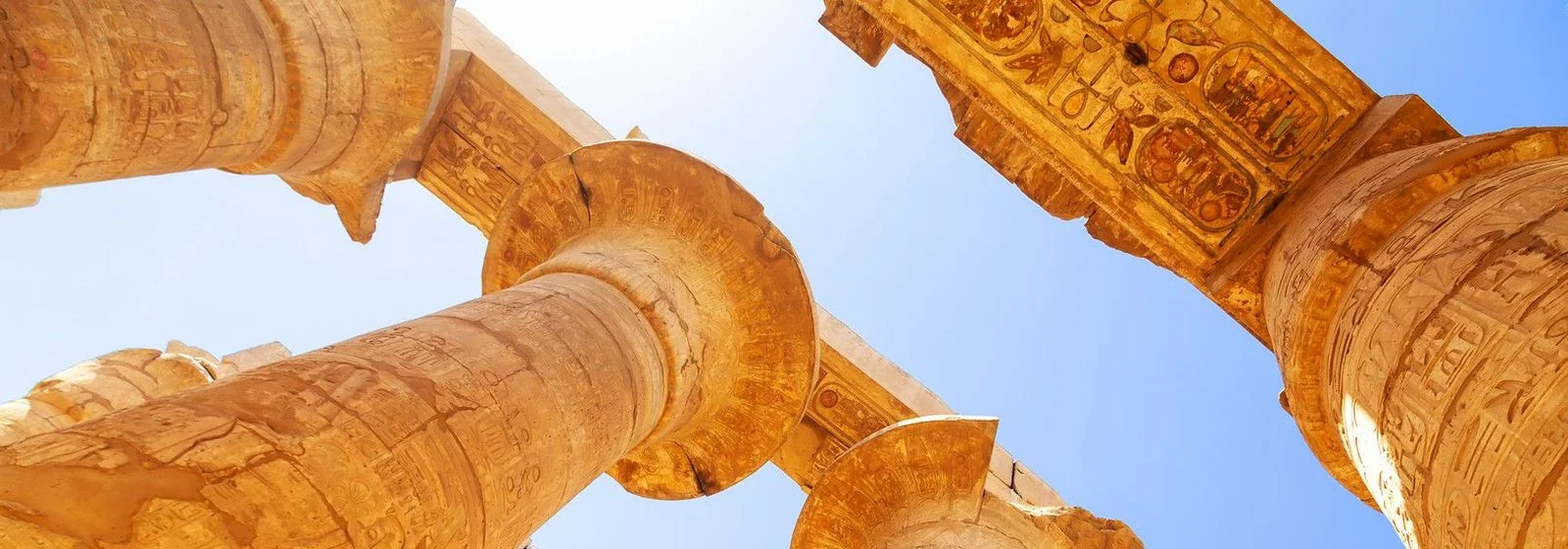
Blog Details
is khonshu a real god


The elements:
Khonsu: The Egyptian Moon God
Khonsu’s Origins and Role
The Representation and Symbols of Khonsu
Khonsu’s Influence in Ancient Rituals
Khonsu, also known as Khonshu, is a significant but sometimes overlooked
deity from ancient Egypt, closely linked with the moon, time, healing, and
protection. His name, meaning “Traveler,” reflects his connection with the
moon’s nightly journey across the sky. As a god associated with the moon,
Khonsu was thought to have control over time, symbolizing the cyclical nature
of lunar phases and their influence on life. Revered for his protective
qualities and his ability to heal, he was seen as a guardian of travelers, a
powerful healer, and a force that could drive away evil spirits.
Khonsu’s origins are tied to the Theban Triad, where he is depicted as the
son of Amun and Mut.who are the 9gods of egypt As a divine figure, Khonsu embodied a mix of his parents’
protective and healing characteristics, making him a multifaceted god whose
influence extended beyond just lunar worship. His dominion over time and the
cycles of the moon also connected him to the broader natural world, linking him
to themes of renewal and the continuous flow of existence.
The representations of Khonsu are varied and rich in symbolism. He is often
shown as a youthful figure with a sidelock of youth, a hairstyle indicating his
eternal vitality. Above his head, Khonsu is usually depicted with a lunar disk
and crescent, directly associating him with the moon. In other portrayals,
Khonsu appears as a falcon-headed figure similar to Horus, adorned with a full
moon and a royal serpent, underscoring his divine status. His attire often
includes traditional symbols of authority, such as the crook and flail, which
emphasize his protective role and connection to kingship.
Khonsu played a vital part in many ancient rituals, particularly in Thebes,
where his temple stood alongside those of Amun and Mut. Priests conducted
ceremonies under the moon’s light, seeking Khonsu’s guidance and blessings for
health, prosperity, and protection. His mythological tales, such as his role in
healing the sick and protecting against dark forces, further cemented his place
as a guardian and healer in Egyptian belief.
One notable story featuring Khonsu involves his journey to a distant land to
cure the ailing daughter of a foreign king, showcasing his reputation as a
powerful healer. In another myth, Khonsu engages in a celestial game of senet
with the god Thoth, wagering the light of the moon, which symbolizes the waxing
and waning of lunar phases. These stories highlight Khonsu’s dynamic nature and
his influence over both earthly and celestial domains.
Khonsu’s impact reached far beyond Egypt, as his worship spread to regions
like Nubia and the Sinai Peninsula, where his connection to the moon resonated
with local traditions. His role as a symbol of change and continuity made him
an enduring figure in Egyptian mythology. Though not as widely worshipped in
later periods, Khonsu’s presence is still felt through the temples, art, and
literature that celebrate his legacy.
Today, Khonsu continues to capture the imagination of those interested in
ancient cultures. His stories reflect humanity’s longstanding fascination with
the moon and its mysterious powers. Whether viewed as a healer, protector, or
lunar guide, Khonsu’s role in ancient Egyptian spirituality remains a testament
to the profound connections between the divine and the natural world. His
enduring legacy serves as a reminder of the moon’s timeless allure and its
influence over life, echoing through the ages in the myths and symbols that
define Khonsu as one of Egypt’s most intriguing gods.